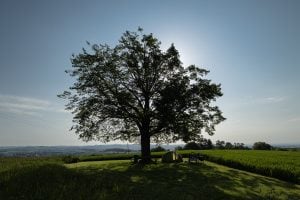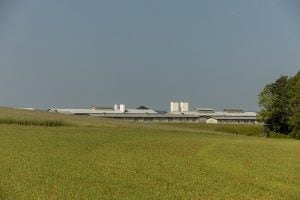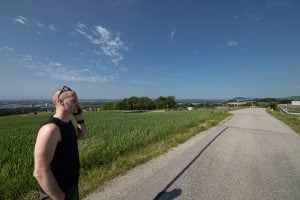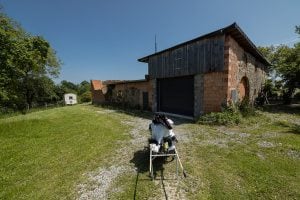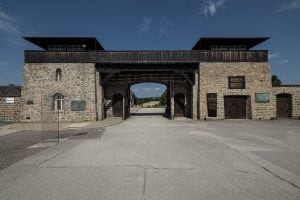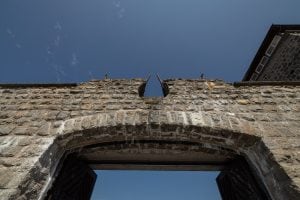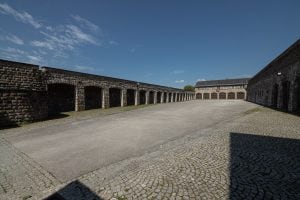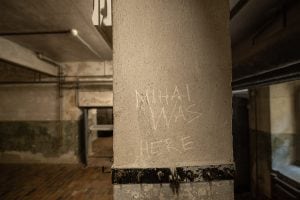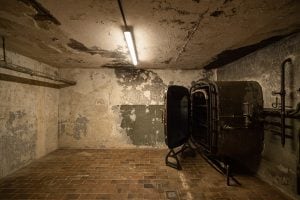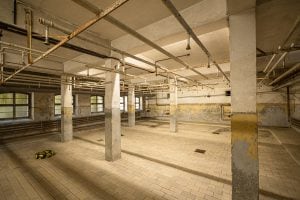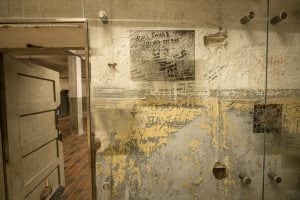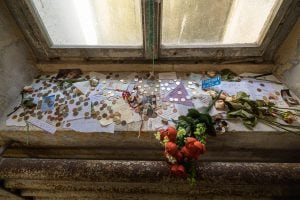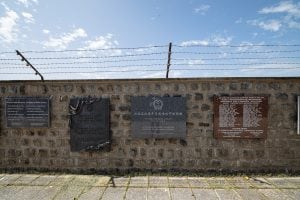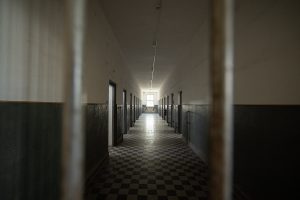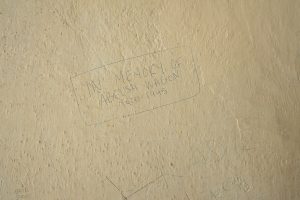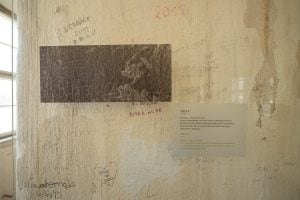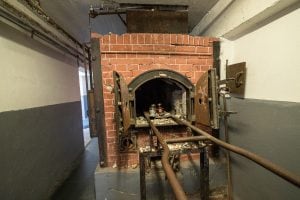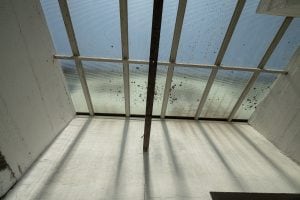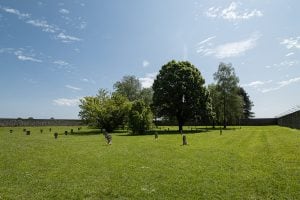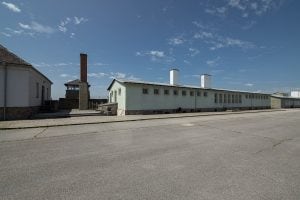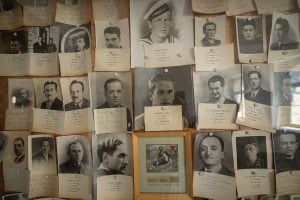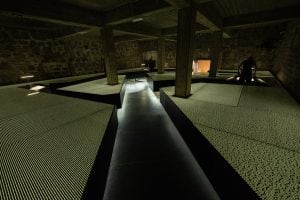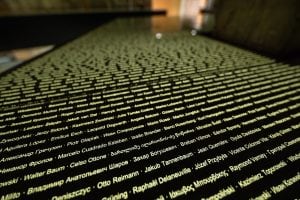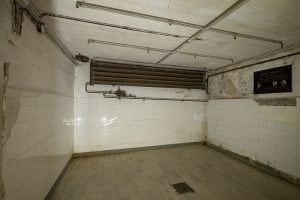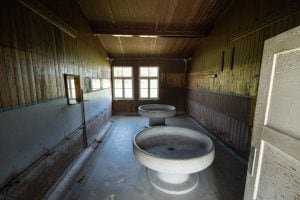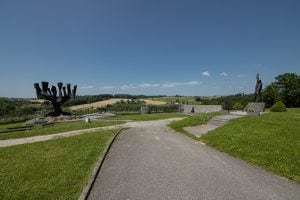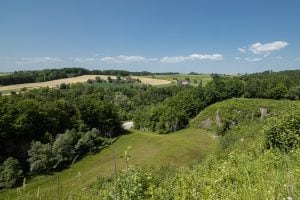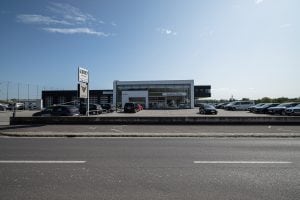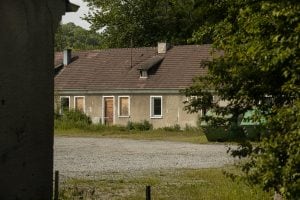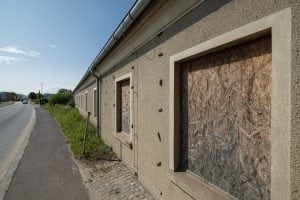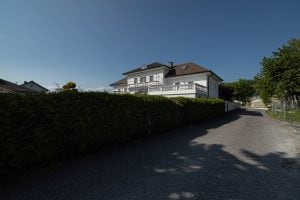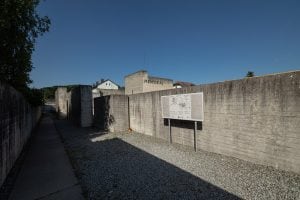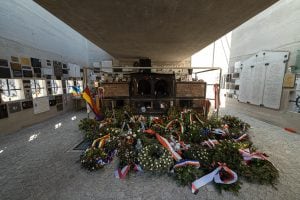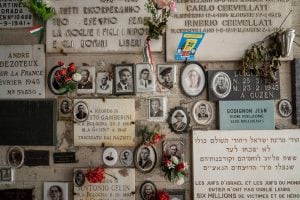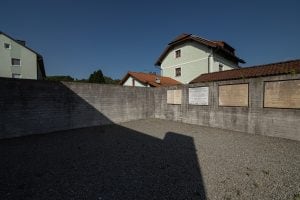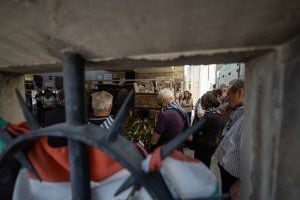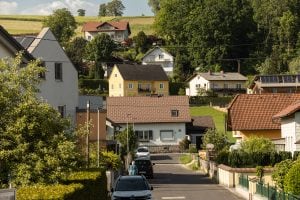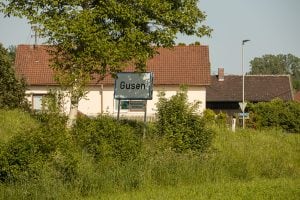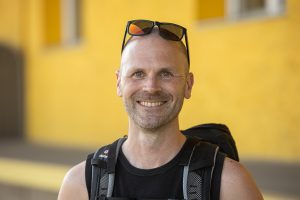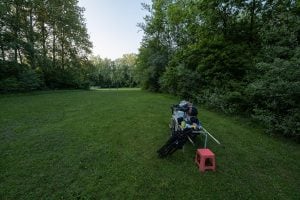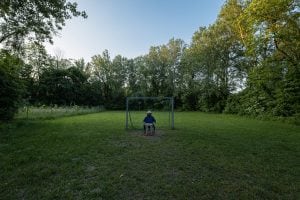who owns the white house?
This post is about a 16km walk from Marbach to Abwinden. My friend and web designer Mario joins me to visit Mauthausen and Gusen.
This web site (as well as christophrehage.com and some of my other sites, which are currently under construction) were developed, designed, and are being maintained by Studio Mitte, a company in Linz.
Linz was not far from the linden tree under which I was sleeping, so Mario, my friend at Studio Mitte, decided to come over and walk with me for a day.
It was going to be a tough one.
Mauthausen
Mauthausen wasn’t known for its picturesque old buildings. It was known for having one of the biggest and most notorious concentration camps in Nazi Germany. I could see the barracks from my spot under the linden tree. They sat on a hilltop, overlooked by a handful of farm houses on the hills. Almost 100,000 people had perished there over the course of six years.
the camp
Mario and I parked the Caboose at one of the farms and went to the memorial site. There was a gate where a massive eagle with a swastika had once greeted victims and perpetrators alike. The inmates had torn it down on the day of their liberation in May 1945.
There were barracks and showers. Many of the walls had been inscribed with graffiti, some of them meaningful (IN MEMORY OF ABOUSH WAGON 1900-1945) and some of them asinine (LONG LIVE CHINA). The memorial administration had decided to keep all of the graffiti because they said that they, too, had somehow become historical artefacts.
There were prison cells, there were gallows, there were graves, there was a large room full of names of victims, and there was a crematory. Next to the crematory there was a place to store dead bodies. And then, in a corner of the same building, there was an unassuming room that had been the gas chamber. As always, the SS had attempted to destroy the most glaring evidence of their atrocities before leaving the camp, but some of it was still there. Other parts had been carefully restored.
the monuments and the stairs
Behind the camp we entered an area that resembled a memorial park. Different countries had erected monuments for their perished compatriots. There were quite a few of them, some made by countries that didn’t even exist anymore (like East Germany).
And there were the Stairs Of Death. They were behind the camp, leading up from a granite quarrel some 50m below. Inmates would be forced to carry heavy blocks of granite up the stairs, and those who couldn’t make it were often pushed down to their deaths.
The stairs were closed to the public now. It seemed as though the administration was worried that visitors might hurt attempting to climb them.
Gusen
I wasn’t prepared for anything even more disturbing after this. We arrived in Sankt Georgen an der Gusen about two hours later.
Sankt Georgen was the site of the former Gusen Concentration Camp, a place dedicated to the nazi policy of extermination through labor. Tens of thousands of inmates had died there, many worked to death in underground arms factories.
the town and the camp
But there was something particularly disturbing about Gusen: in the decades following the war, the town of Sankt Georgen had grown around the former concentration camp, swallowing it, covering it up, assimilating parts of it.
On one side of the street: a car dealership. On the other: two rows of former SS barracks, some of the windows boarded up, others with window blinds indicating that they had been lived in until recently.
And then there was the main gate, the building that had housed the administration of the concentration camp. Someone had bought the property and put a tall fence around it. Then they had painted the building white and turned it into a private home.
Who were those people, I wondered, and what were they thinking, living in that white nazi building?
houses
There was a small memorial in the center of Sankt Georgen. It was the site of the former crematory, and just like in the case of the crematory of Melk, people had covered the inside with photos of the victims.
The weird thing was that the memorial was surrounded by residential buildings. So apparently some people where living in houses where the upper floor windows had views of a nazi crematory.
football field
Mario and I walked to the next train station after this, then he got a train home, and I continued walking. I checked the GPS and was surprised: more than 15km. The walk from Marbach to Abwinden hadn’t been that far, but our visits to the camps seemed to have added a few kilometers to it. Either way I felt tired, physically and mentally.
When I reached an old football field close to the Danube, I pitched my tent there.
pictures
the walk from Marbach to Abwinden:

